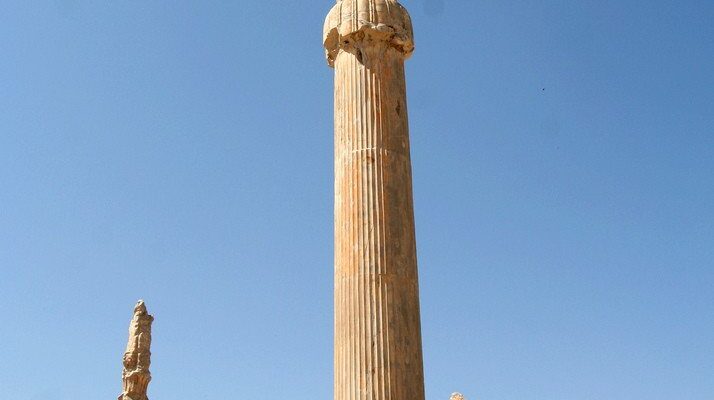Ancient city of Persepolis
Persepolis is a sight that visitors to Iran simply cannot avoid. Although the ancient Persian city has been in ruins for more than two millennia, its monumentality and majestic beauty shocks the imagination of even seasoned travelers.
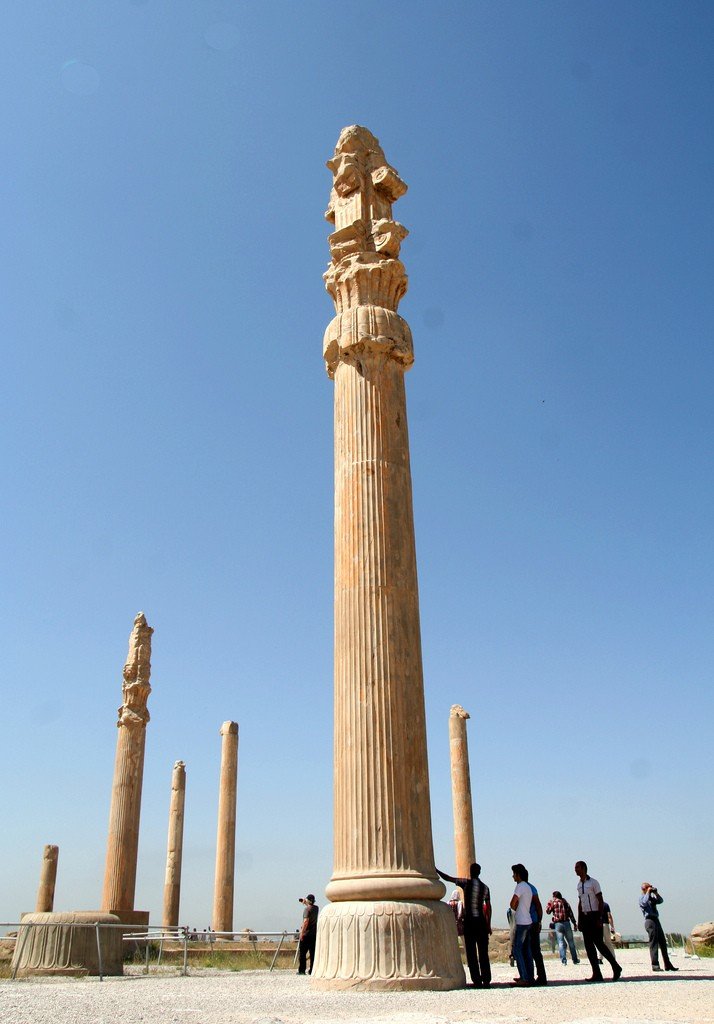
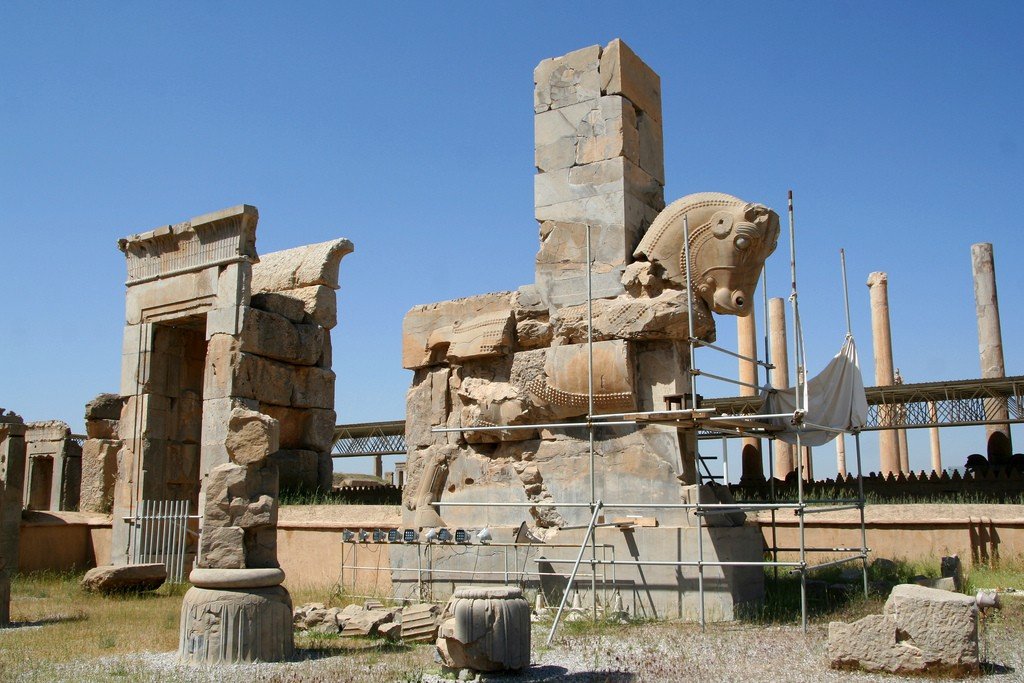
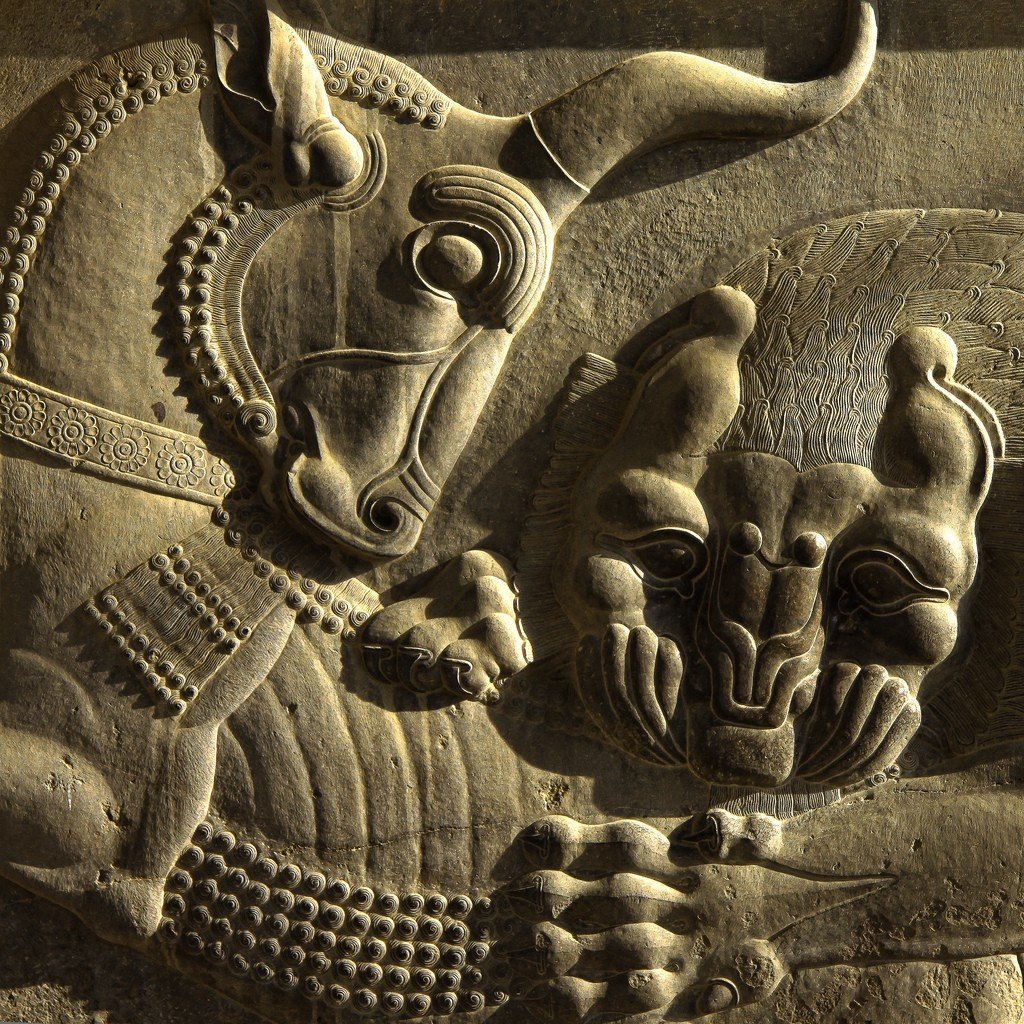
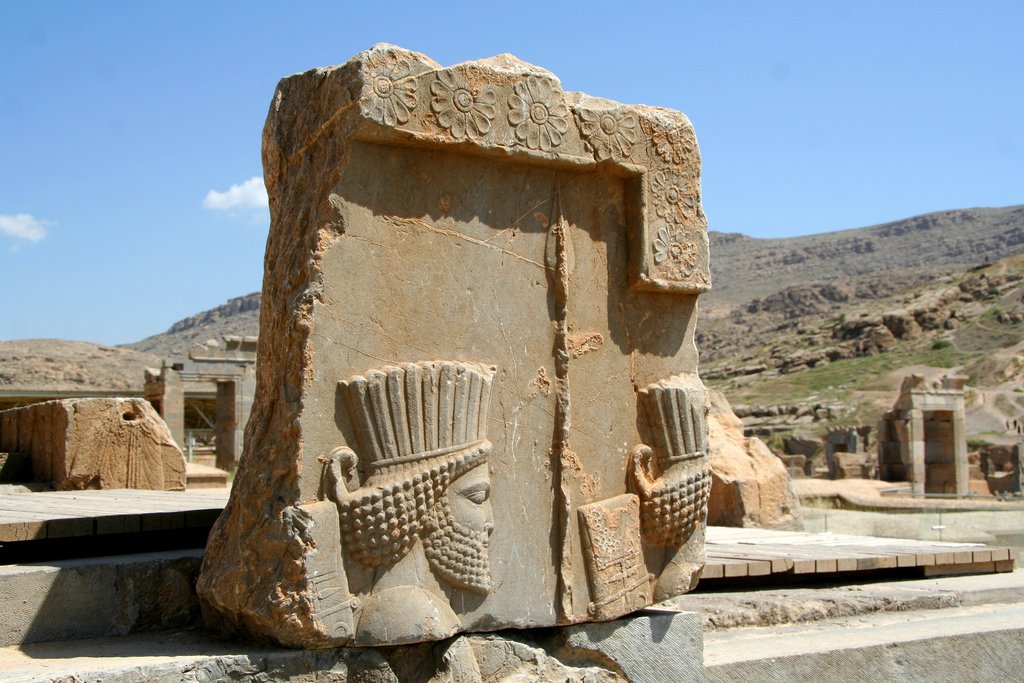
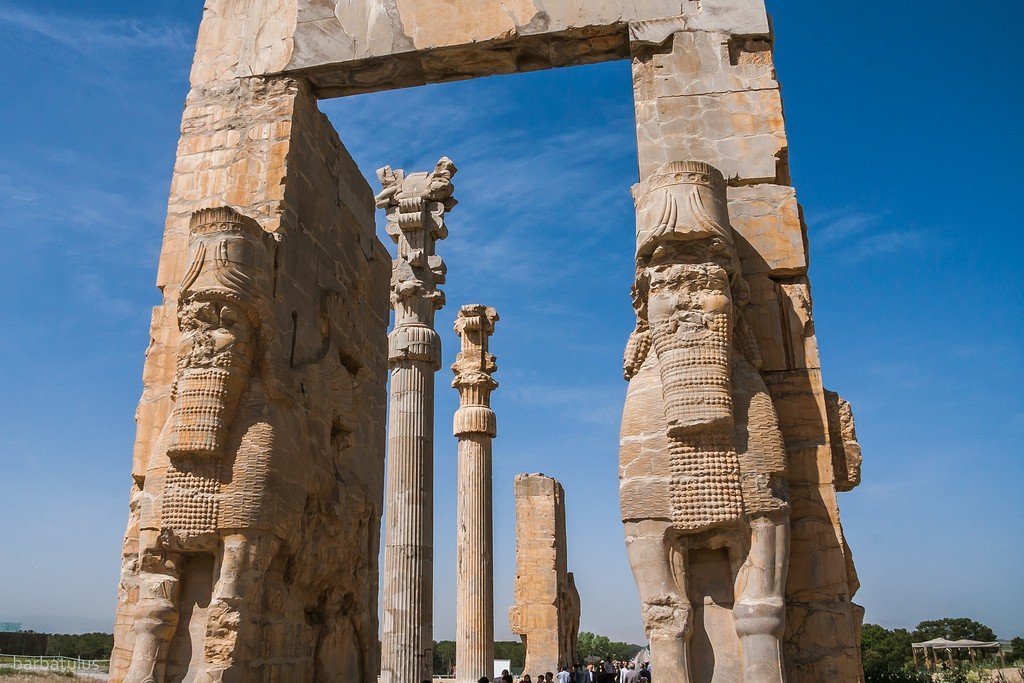
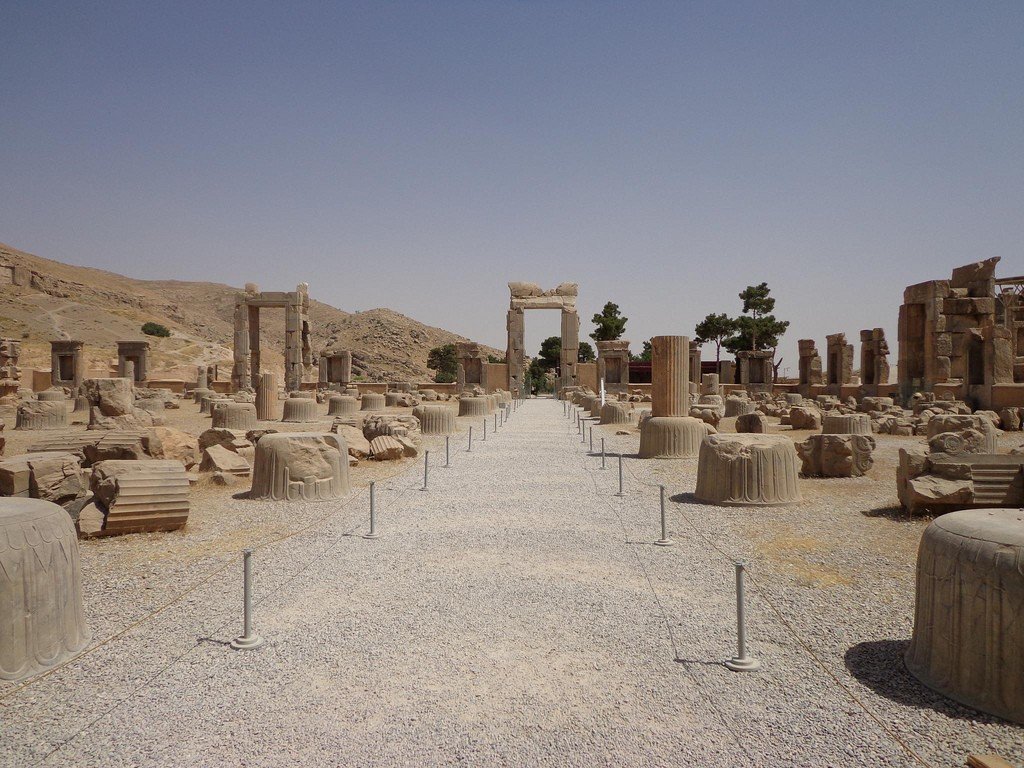
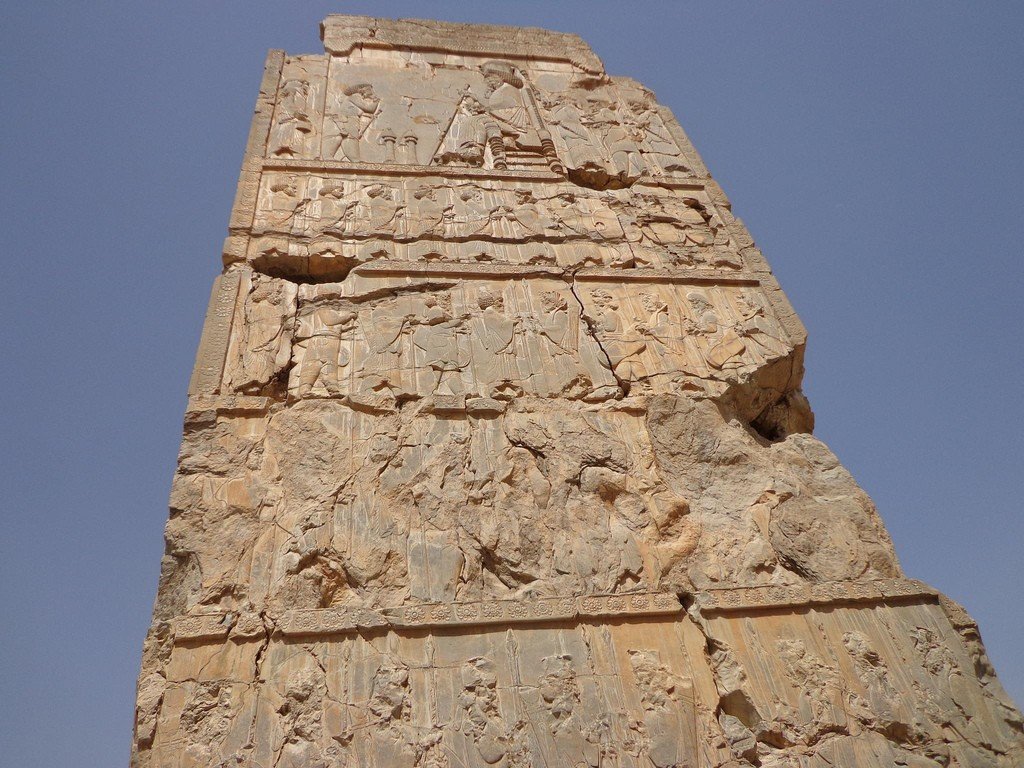
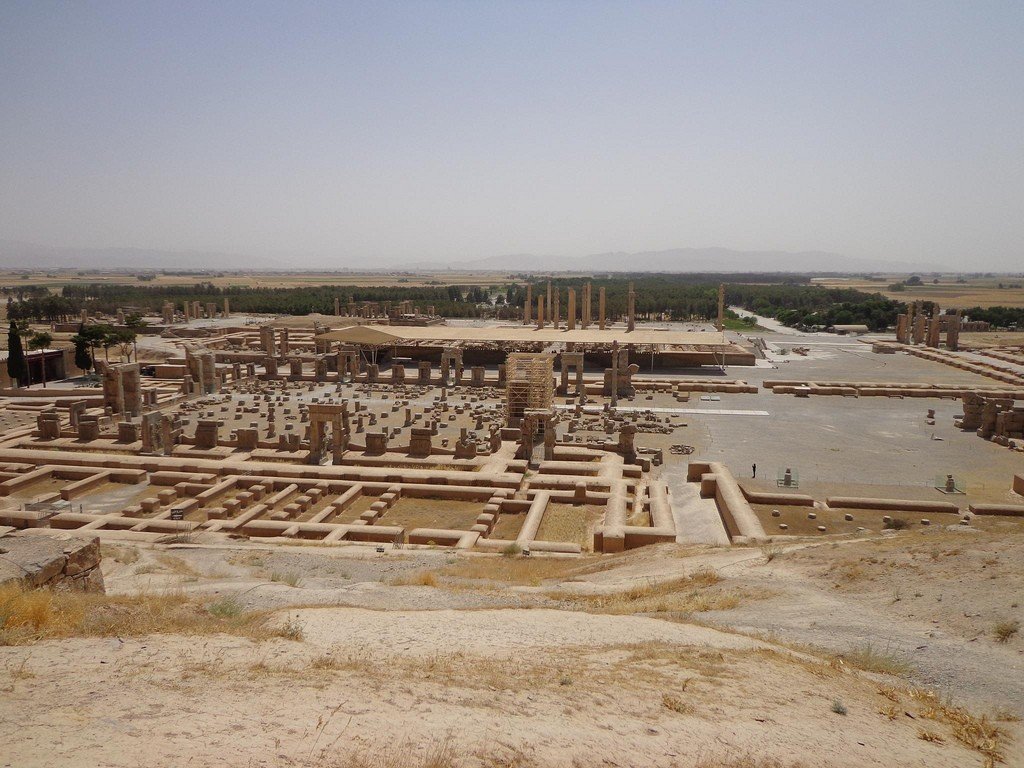
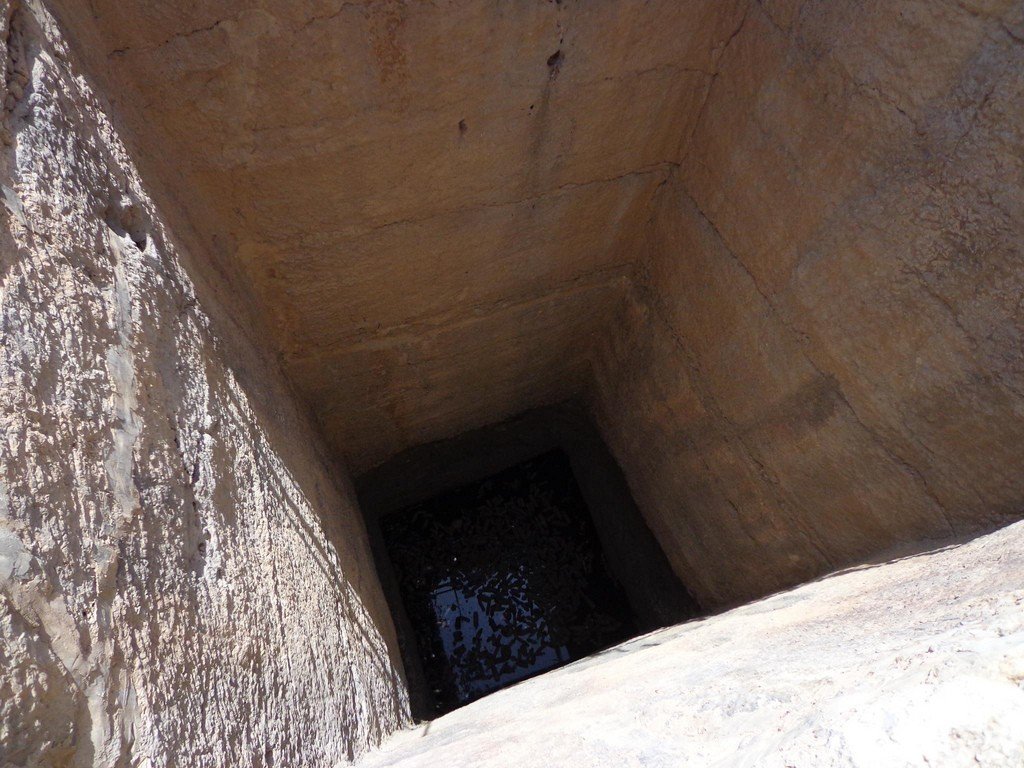
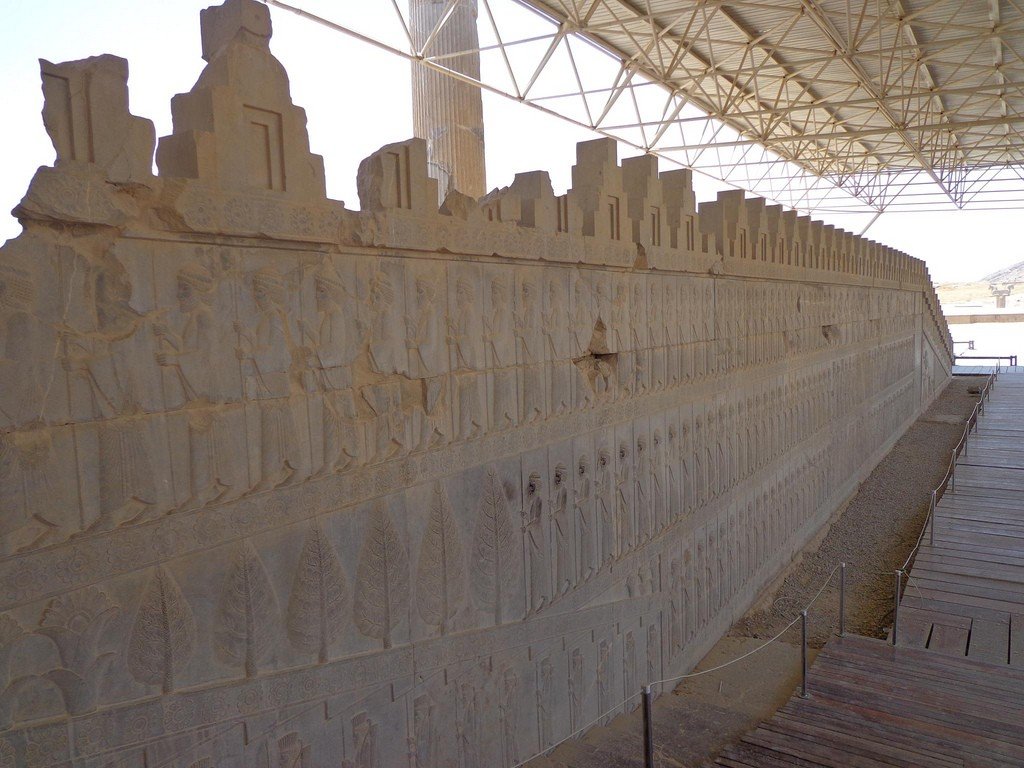
Video: Persepolis
” title=”YouTube video player” frameborder=”0″ allow=”accelerometer; autoplay; clipboard-write; encrypted-media; gyroscope; picture-in-picture; web-share” allowfullscreen> ContentsThe capital of the Achaemenid Empire
Persepolis was the epitome of Darius I’s grandiose ambitions. The legendary ruler of the Persians, whose reign began with the suppression of rebellions in remote provinces, the main purpose of his life considered unthinkable for his predecessors to expand the borders of the state. It goes without saying that the empire, stretching from the Aegean Sea to the Indus, had to have a corresponding capital. Pasargadae, built by Cyrus the Great, was not suitable for this purpose, but at a distance of a day’s cavalry crossing to the south-west from it there was a suitable city. It was laid before the birth of Darius, but the really large-scale construction here began by order of the young king.
.
Historical sources testify that during the construction of Parsa (this is how the Persians themselves called the heart of the metropolis) did not use the labor of slaves captured in military campaigns. All tasks were performed by freelance architects, masons and builders. And they had a lot of work, because practically the whole city rested on a man-made platform with the area of 135 thousand square meters. This platform was occupied by a huge palace complex and several residential neighborhoods. There is an opinion that due to the special plan of construction, the buildings helped to orient themselves in time, performing the functions of sundials. But their main purpose, of course, was to accommodate the royal family with servants, close friends and foreign guests. The comfort of the inhabitants was ensured by water supply and other underground communications, which the inhabitants of medieval Europe could not dream of.
.
Darius never got the chance to see the city of his dreams in all its glory – the talented warrior and strategist spent most of his life in invasive campaigns far from Persia, and the large-scale project was being completed under his successor. Persepolis retained its capital status until the fall of the once great empire. In 330 BC the city fell under the onslaught of the army of Alexander the Great, later on the order of the Greek commander was destroyed and burned in retaliation for the abuse of the temples of the Acropolis.
.For several centuries Persepolis and its memory were lost among the sands. Europeans learned about the existence of ancient ruins only in the XVIII century, but until the middle of the twentieth century any serious study of them was not conducted. Today, after archaeological excavations and reconstruction of some sites, Persepolis has been added to the UNESCO World Heritage List and is finally open to inquisitive tourists.
.What to see in Persepolis
Persepolis was conceived as a “ceremonial” city where the king would live with his entourage and receive foreign delegations. That means that everything in it had to amaze with its size and opulence, to serve as a confirmation of the power and wealth of the Achaemenid Empire.
.
The palace complex makes a strong impression even in its current form. To get an idea of its scale, it is enough to say that the main ceremonial hall could simultaneously accommodate ten thousand guests. And they entered (or drove in chariots) on two staircases, decorated with partially preserved bas-reliefs with scenes from the life of Darius I. Of the 72 pillars that supported the wooden roof of the Apadana, only 13 have partially escaped destruction. In the next hall there were once a hundred columns, the decorations also served as huge statues of bulls and porticoes of the gate with skillful carvings. The farther part of the palace, hidden from outsiders, has been badly damaged by time and fire, but there is no doubt that the tachar used to house living rooms, storerooms and treasuries.
The chambers of Xerxes, the eldest son of Darius by his second wife, Atossa, were built separately. The most interesting part of this palace is considered to be the harem, where the wives and concubines of the heir could live together with their children.
>
The tomb of one of the most prominent Eastern kings is located 6 kilometers north of Persepolis and is also worthy of travelers’ inspection. But the unfinished mausoleum of his distant descendant and namesake, who was famous only for his cowardice and shortsightedness, can be called a clear illustration of the decline of a once great dynasty.
.
How to get there
The nearest modern city to Persepolis is Shiraz. It is connected to Tehran, Istanbul, Qatar and Dubai by an international airport. From here, the ruins of the ancient capital can be reached independently by rented car or as part of an organized tour group.
.